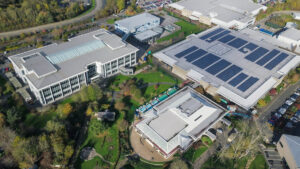Exclusive Neuroject Article: The idea of smart city projects originated in the 1960s and 1970s when the US Community Analysis Bureau started using databases, aerial photography, and cluster analysis to gather data, allocate resources, and generate reports to direct services, manage disasters, and reduce poverty. This marked the inception of the first generation of smart cities. The initial phase of smart city projects involved technology providers exploring the impact of technology on daily life.
This paved the way for the second generation of smart cities, which focused on how innovative technologies and other advancements could facilitate integrated municipal solutions. The third generation of smart cities shifted the control from technology providers and city leaders to a model that engaged the public, promoting social inclusion and community participation.
Vienna, for example, adopted this model by partnering with the local Wien Energy company. This partnership allowed citizens to invest in local solar projects and collaborate with the public to address issues like gender equality and affordable housing. This model has been embraced globally, with Vancouver being a notable example where 30,000 citizens collaborated to create the Vancouver Greenest smart City 2020 Action Plan.
Table of Contents
What is a Smart City?
Smart cities harness digital solutions to enhance traditional networks and services, elevate residents’ quality of life, promote sustainability, and foster business growth. The European Commission’s definition of a smart city expands beyond digital technologies, encompassing smarter urban transport, improved water supply and waste management, energy-efficient building lighting and heating, responsive city administration, safer public spaces, and catering to the needs of an aging population.
These advancements are made possible through Information and Communication Technologies (ICT), which collect real-time data to understand demand changes and respond promptly and cost-effectively.
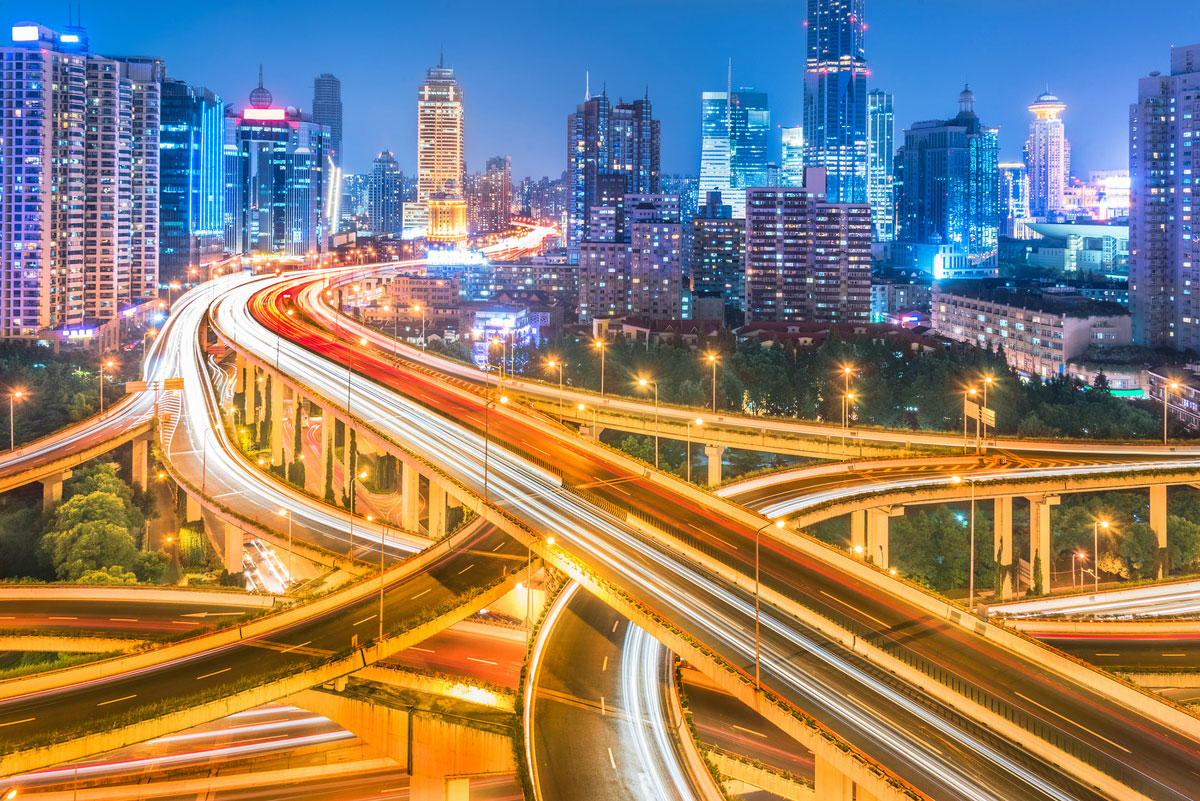
Technology Used in Smart City
What defines a city as “smart”? The common thread among the most technologically advanced cities is their utilization of technology to enhance the quality and range of services offered to their residents.
Additionally, smart cities are increasingly integrating sustainability initiatives, such as environmental monitoring and the adoption of energy-efficient and water-saving devices, along with a growing reliance on renewable energy solutions. Most smart cities share a commitment to leveraging technology for improved services and environmental sustainability. Most smart cities include:
- Green Technology: Smart cities employ green technologies like solar charging, wireless monitoring, intelligent waste bins, energy-efficient green buildings, and electric vehicles.
- Traffic Management: Utilizing sensors, cameras, and IoT communication devices allows real-time monitoring of traffic and road conditions.
- Intelligent Lighting Controls: Smart lighting systems use sensors to illuminate areas only when people or vehicles are nearby, resulting in significant energy savings compared to traditional streetlights.
- Water & Wastewater Management: Technology, such as hardware, software, automation, and data analysis, aids utilities in detecting and resolving issues related to water and wastewater management.
- Security: From cybersecurity to crime prevention, smart cities rely on secure data platforms, video surveillance, and secure hardware devices to identify and address security threats.
- Emergency Response: IoT technologies, such as optimized routing for faster emergency responses and CCTV cameras sharing real-time footage with call centers, have the potential to revolutionize emergency response in smart cities.
The smart city project examples showcased in this article demonstrate the wide-ranging applications of technology within smart city environments.
1. London, UK

Like many major cities with a rich history, London’s smart city initiative tackles fundamental issues encompassing infrastructure, such as energy, water, waste management, healthcare, assisted living, transportation, commerce, and education.
Smart Grid Implementation
To achieve “smart” status, it necessitates a collaborative effort between digital businesses and data, involving both machines and humans. This holistic approach, often referred to as the “city-systems approach,” is what London is striving to embrace. As a prominent tech hub in Europe, it comes as no surprise that London ranks among the most advanced smart cities globally.
London boasts twice as many AI industry suppliers as Berlin or Paris and is home to a third of all of Europe’s “unicorn companies.” In 2017, the city initiated a program to provide 5G connectivity across its entire expanse. In 2021, another initiative was launched to deliver high-speed mobile connectivity via a full-fiber network, offering faster internet connections to homes and businesses throughout London.
Sustainable Transportation
Initiatives contributing to London’s status as the world’s smartest city in transportation include:
- As of February 2024, London boasts the largest number of electric vehicle (EV) charging stations in Europe or the United States.
- The implementation of Heathrow Pods, a driverless rapid transit system, connecting the city with the airport.
- A comprehensive smart meter program, extending not only within the city but also beyond its borders, providing smart meters to those who request them.
2. New York, US

New York City, with one of the largest populations in the United States and one of the world’s most densely populated urban centers, consistently adopts cutting-edge smart technologies to enhance services for its residents. This places it prominently on the roster of the most advanced and futuristic smart cities in 2024.
Smart Grid Implementation
In 2020, Digi collaborated with the New York City Department of Transportation to undertake a substantial upgrade of its wireless infrastructure network, enabling the implementation of intelligent traffic management systems. Remarkably, this solution not only enhances efficiency but also bolsters safety. A pioneering connected vehicle pilot program relies on communication between vehicles, infrastructure, and pedestrians to alert drivers and reduce accident-related injuries.
For New York City, the concept of a ‘smart city’ closely aligns with the idea of an ‘equitable city,’ where equitable access to facilities is extended to all. As a city grappling with various challenges, opportunities, and innovations, New York City continually invests in digital transformation through smart initiatives. The city’s objective is to establish strategies and policies that effectively materialize connected devices and the Internet of Things (IoT).
It collaborates with academia and the private sector to launch innovative pilot projects, partners with governments and organizations worldwide to share best practices, and leverages technological advancements collectively.
Suggested article for reading: IoT in Construction
Smart infrastructure
Furthermore, here are some ongoing smart city infrastructure projects that New York is spearheading:
- Implementation of a large-scale automated meter reading system, which helps curtail water consumption by notifying customers of abnormal usage, resulting in savings exceeding $73 million.
- Deployment of numerous smart sensors across the city for managing various services, including LED indoor farming, air quality monitoring, and optimizing traffic flow.
- Repurposing phone booths into Wi-Fi and online charging stations distributed across the smart city for public benefit.
3. Paris, France

Paris, another ancient and historic city, seamlessly incorporates technology to preserve its allure and global standing. Renowned for its culinary delights and iconic landmarks like the Louvre and the Eiffel Tower, Paris also earns its place among the leading smart cities worldwide, primarily due to its extensive utilization of IoT devices.
Environmental Initiatives
Paris, out of the four French cities assessed in the index (including Lille, Lyon, and Marseille), surpasses them all by a significant margin in terms of smart city ranking. The city’s exceptional ranking owes much to its innovative traffic management systems and an extensive network of sensors dispersed throughout the urban landscape, monitoring air quality, noise levels, and other environmental variables.
These technologies empower Paris to make more informed decisions aimed at enhancing the quality of life for both its residents and visitors. A notable illustration of this is the “Paris Respire” (Paris Breathes) program, which designates car-free zones during weekends and holidays in some of the city’s most popular areas.
This initiative promotes eco-friendly transportation alternatives, leading to improved air quality and a substantial reduction in the city’s carbon footprint.
Furthermore, the Paris Smart City 2050 initiative has produced eight impressive prototypes of green buildings that generate surplus renewable energy, contributing excess energy back to the grid.
Additional forward-looking smart city initiatives in Paris encompass:
- Installation of smart park benches in city parks, equipped to monitor traffic and assist authorities in managing crowds.
- An impressive network of over 280,000 connected streetlights, yielding a substantial 70 percent reduction in energy costs for the “City of Lights.”
4. Tokyo, Japan

Tokyo not only holds the top spot as the most advanced smart city in the Asia-Pacific area but also ranks fourth globally, according to the IESE index. This bustling metropolis, known for its exceptional labor productivity and global appeal, particularly shines in the categories of economy and human capital within the ranking.
Future Outlook
Tokyo boasts an array of intelligent systems, including cutting-edge real-time traffic management utilizing sensors and cameras, along with pioneering energy-efficient building regulations. The Tokyo government has articulated its aspirations for becoming a smart city as a city that leads the world in environmental policies while simultaneously cementing its status as a global financial and economic hub.
Presently, Tokyo is recognized as the greenest city in the Asia-Pacific region, earning the distinction of a ‘smart-energy city’ due to its forward-looking policies. Tokyo is making substantial investments to realize its ambitious goal of slashing greenhouse gas emissions by 80% by 2050. This commitment has spurred the development of various sustainability-driven initiatives, encompassing a low-carbon transportation network and the implementation of renewable energy solutions.
5. Zurich, Switzerland

In 2018, Zurich introduced “Smart City Zurich” as a comprehensive initiative to meet future requirements, foster innovation, and establish Zurich as a leading Smart City. Key areas of focus include the integration of public transportation, the modernization of the city’s digital infrastructure, and the promotion of “smart participation,” an effort aimed at encouraging businesses and citizens to actively contribute to the development of Smart City Zurich.
Zurich holds international acclaim not only for its exceptional quality of life but also for its prominent role in advancing the Smart City movement. This reputation is primarily upheld by a collaborative ecosystem of innovative companies working in conjunction with energy providers, transportation entities, municipalities, and cities to launch pilot projects.
Energy Efficiency
Within the Greater Zurich Area, several projects exemplify what can be accomplished through collective efforts and set potential precedents for global adoption. For instance, since 2017, intelligent streetlights have been illuminating based on traffic density, resulting in a remarkable 70 percent reduction in energy consumption.
These multifunctional streetlight poles not only provide illumination but also serve as electric vehicle charging stations, gather environmental data, monitor traffic flow, offer public Wi-Fi access, assist visitors in finding available parking spaces, and even send alerts when trash bins are full. Zurich boasts a sophisticated smart building management system that integrates and optimizes heating, electricity, and cooling.
Smart Grid Implementation
The city is also renowned for its highly efficient public transportation network and well-established digital infrastructure. Notable initiatives include:
- Implementation of a low-power wide area network for IoT technologies, facilitating air quality and water level monitoring.
- Collaborative efforts between Zurich police and nearly 40 other agencies to implement mobility and event management solutions, enhancing preparedness and response to potential threats.
- Development of the “Zürimobil” mobile application, which provides real-time traffic and route information to residents and visitors alike.
6. Berlin, Germany
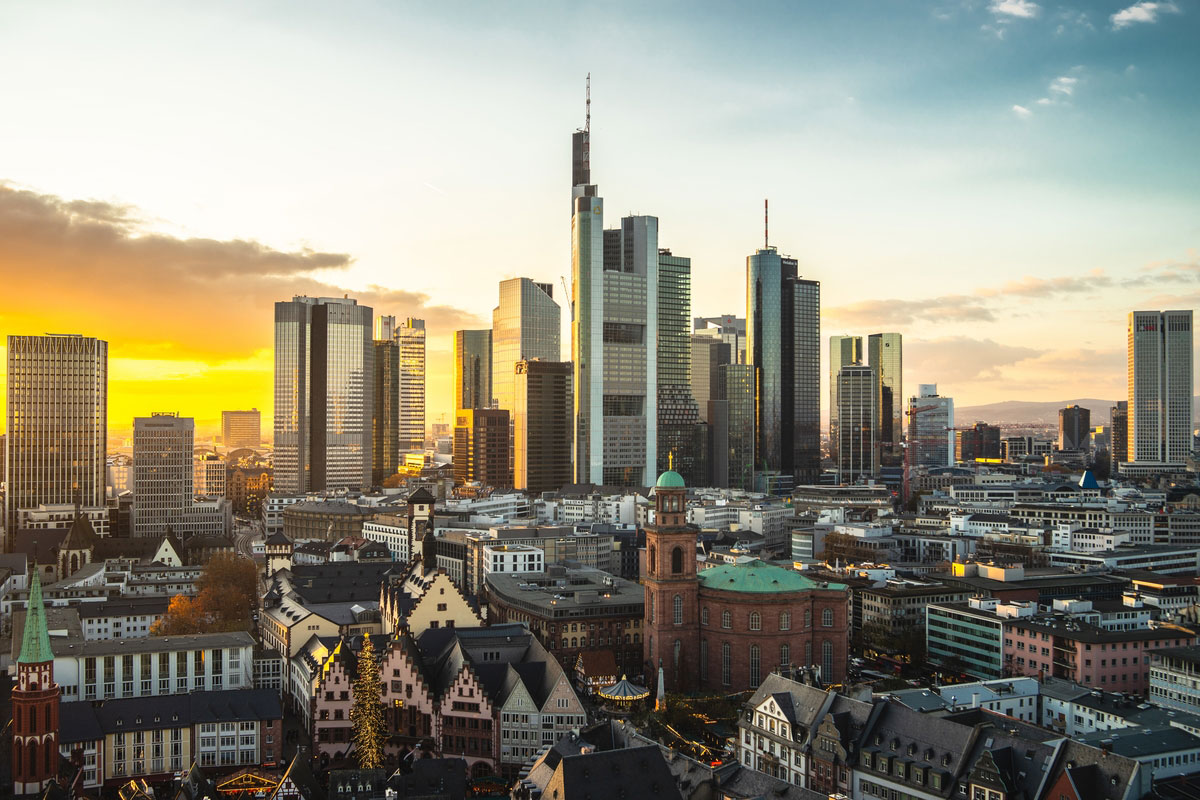
Berlin secures the sixth spot on the index, thanks to its highly advanced infrastructure. This smart city boasts energy-efficient smart streetlights, which play a significant role in curbing energy consumption and championing sustainability. Additionally, Berlin offers real-time traffic and public transit data, fostering a more streamlined transportation network.
Sustainability
Berlin’s commitment to sustainability is further exemplified by its bike-sharing program, promoting eco-friendly modes of transport and contributing to the city’s aspiration of achieving carbon neutrality in the future. The city actively supports local initiatives, nurtures green startups, champions zero-waste dining, and advocates for packaging-free supermarkets. Berlin has made a resolute commitment to Zero Waste.
Future Goals
Looking ahead, Berlin recognizes the potential of emerging technologies such as artificial intelligence (AI), blockchain, the Internet of Things (IoT), and Quantum Computing in advancing its journey towards becoming a smarter city. The city’s vision includes boosting global competitiveness as a smart city by enhancing resource efficiency, aiming for carbon neutrality by 2050, and stimulating demand for innovative applications.
Suggested article for reading: AI in Construction | Blockchain in Construction
7. Singapore
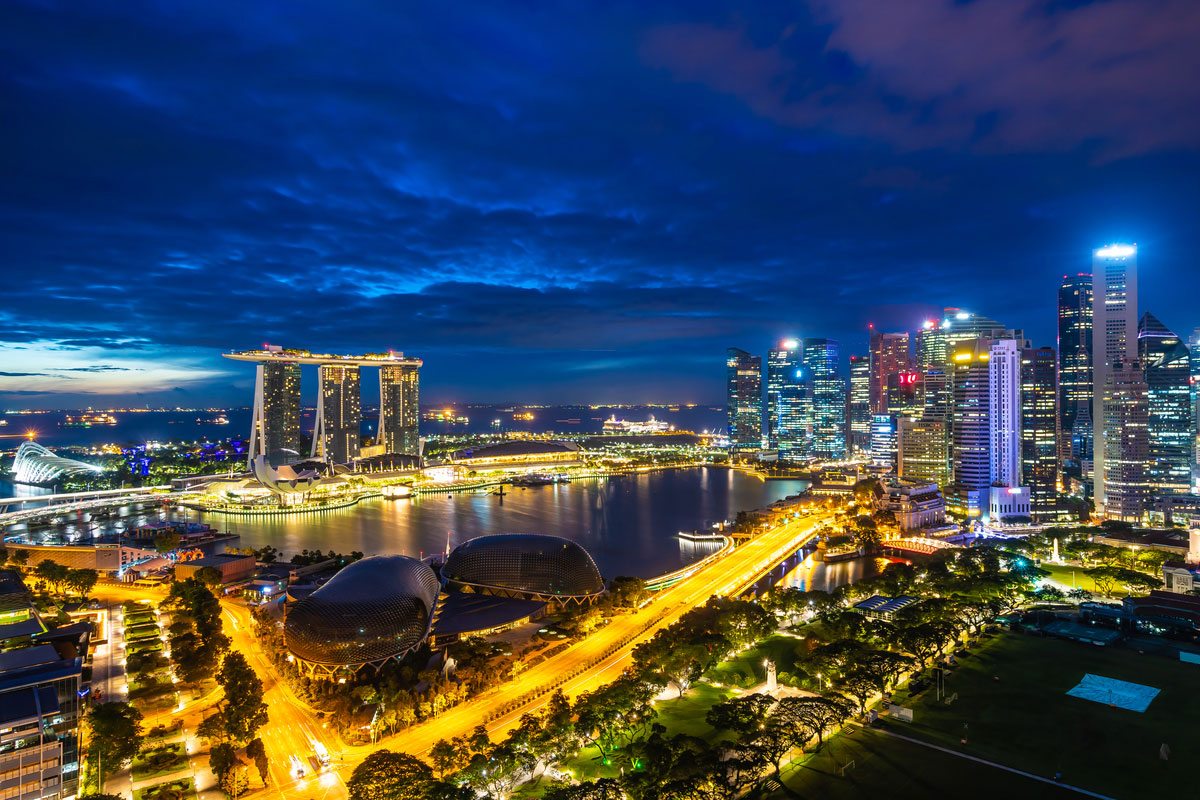
Despite its small size at just 276 square miles, Singapore accommodates a population of 5 million and is celebrated as one of the world’s most innovative locales. Singapore has set an ambitious goal to have all vehicles operating autonomously on its city streets by 2025. Already, students at the National University of Singapore can utilize self-driving shuttles for transportation across campus.
Additionally, elderly and disabled citizens have access to a fleet of autonomous, driverless shuttles for convenient mobility within medical complexes. To facilitate the transition to autonomous vehicles, Singapore has introduced a real-time toll rate system that adapts rates based on traffic conditions to optimize traffic flow.
Sustainability
Singapore is on track to lead Asia in smart and sustainable building solutions, driven by the S$50 million (USD 37 million) Green Building Masterplan. This initiative aims to make 80 percent of the city-state’s buildings eco-friendly by 2030, marking one of the most ambitious objectives of its kind globally. By the close of 2020, 43 percent of Singapore’s buildings had already embraced these “green” principles.
The Green Building Masterplan is an integral part of the 80-80-80 initiative, which includes goals such as making 80 percent of new buildings Super Low Energy (SLE) and achieving an 80 percent improvement in energy efficiency for existing green buildings, with the current figure standing at 65 percent.
Suggested article for reading: Sustainable Construction
Smart Grid Implementation
Singapore’s commitment to smart city infrastructure extends beyond autonomous transportation and eco-friendly construction. The city-state is exploring a range of futuristic smart city applications for its citizens, including:
- Establishing a network for flying drones capable of delivering packages, letters, and even messages.
- Developing self-driving wheelchairs integrated into the traffic system, reinforcing Singapore’s dedication to being one of the most accessible cities globally.
- Employing a robot workforce initially deployed out of necessity during the pandemic, now operational at construction sites, the National Library, train stations, and even coffee houses.
8. Amsterdam, Netherlands
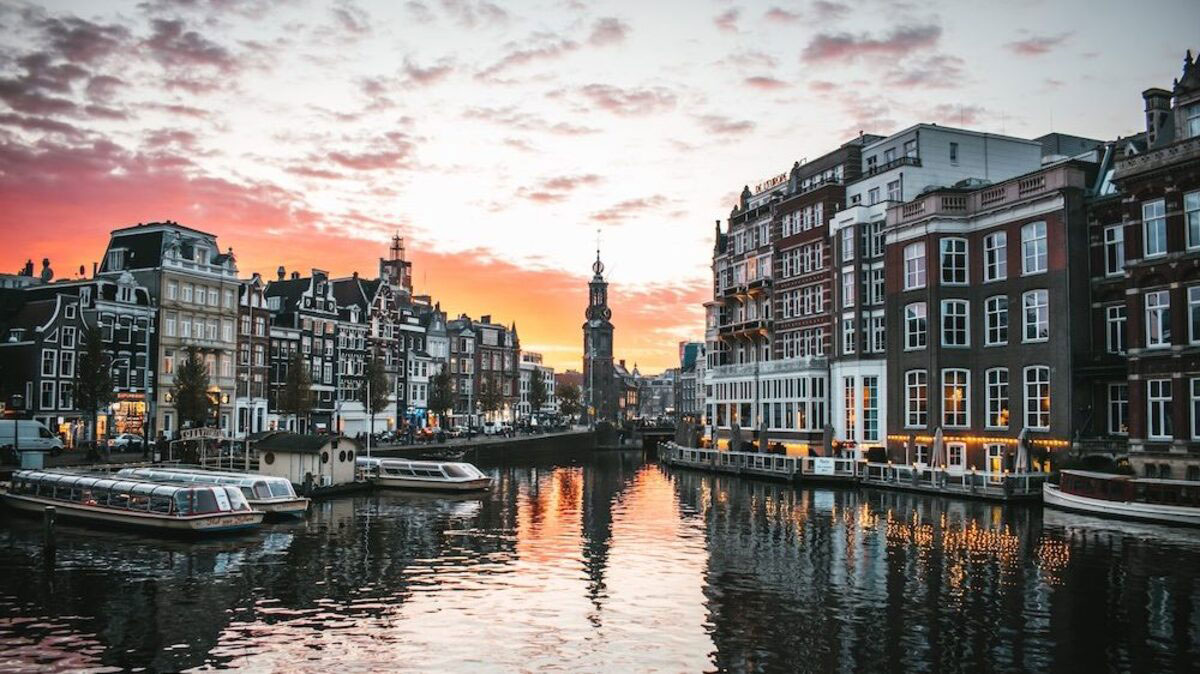
Amsterdam is actively pursuing sustainable energy solutions through CleanMobilEnergy, an intelligent energy system that integrates various renewable sources, storage technologies, electric vehicles, and energy optimization into a single, advanced management system. The city’s primary goals are to significantly decrease CO2 emissions and enhance the economic viability of renewable energy.
Additionally, they are exploring the use of digital twins to empower residents in envisioning potential changes, fostering their active involvement in the design process. Amsterdam initiated its sustainability efforts in 2009 with the introduction of the Amsterdam Smart City program, utilizing technological innovations to achieve urban sustainability objectives.
Future Outlook
By 2025, the city aims to reduce CO2 emissions by 40%. Key strategies employed to reduce Amsterdam’s carbon footprint include:
- Installing sensor-based smart meters in buildings to enable real-time monitoring of energy consumption by citizens.
- Establishing co-working spaces and “smart work centers” citywide to decrease emissions associated with daily commuting.
- Retrofitting public facilities with sensors, ensuring heating, cooling, and lighting activation based on occupancy.
- Providing the public with access to smart mobile applications for download, promoting energy-conscious choices.
9. Oslo, Norway
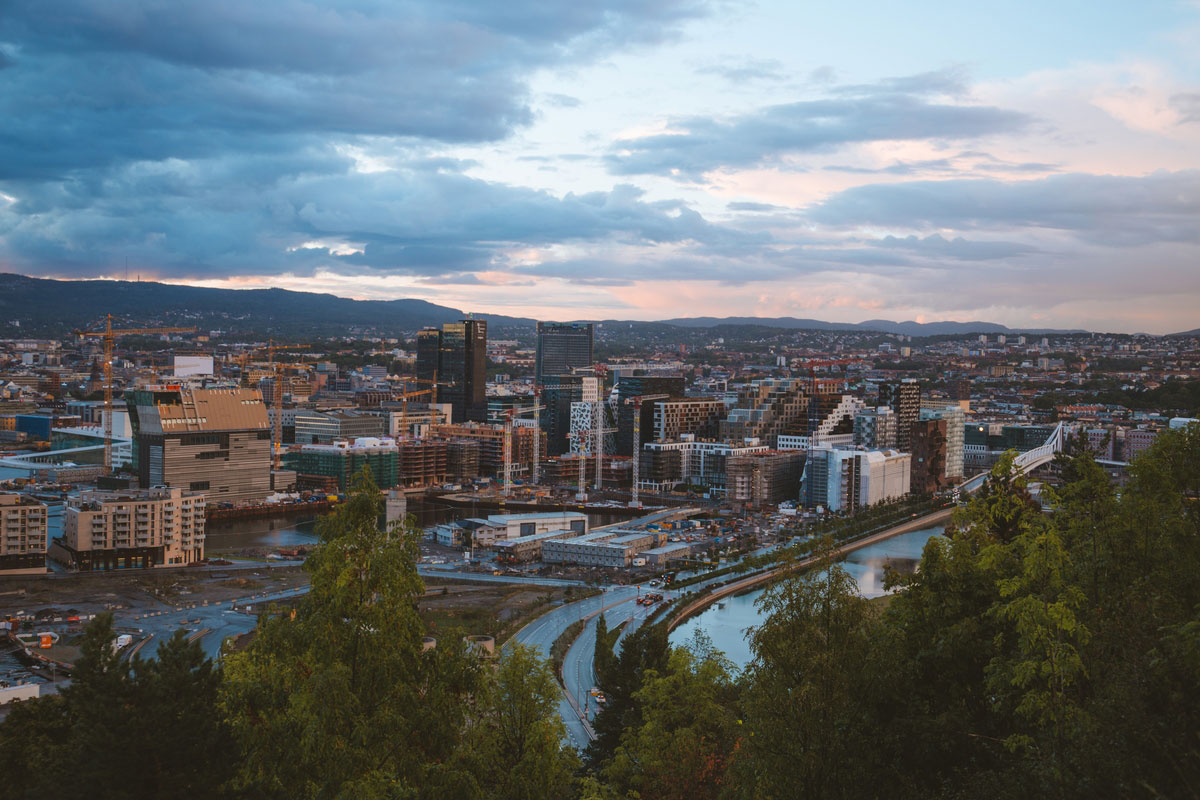
Oslo, Norway stands out as a leading futuristic smart city, driven by its ambitious goal to achieve net zero carbon emissions by 2030. This smart city has already made significant strides by introducing electric buses, trams, and ferries, all powered by an electric grid-primarily sourced from renewable energy.
Sustainable Transportation
By 2025, Norway aims to exclusively register zero-emission vehicles, and at present, Oslo boasts the highest number of electric, hybrid, and alternative fuel vehicles worldwide. It`s also testing electric buses to enhance public transportation sustainability.
Sustainability
Oslo’s commitment to reducing emissions by 95 percent by 2030 is further reinforced by its requirement for all new buildings to adhere to strict energy efficiency standards. Oslo, home to Disruptive Technologies, is also dedicated to digital transformation, intending to digitize any service that can be. Its Sustainable Smart City initiatives encompass:
- Implementing zero-emission practices in construction sites.
- Retrofitting existing buildings with sensors and Building Management Systems to optimize energy use.
- Developing circular waste management and green energy systems for a more sustainable urban environment.
- Utilizing a waste incinerator plant during winter to provide heating for numerous homes across the city.
- Notably, hydroelectric power accounts for approximately 60 percent of Oslo’s energy consumption, further emphasizing its commitment to clean and renewable energy sources.
10. Copenhagen, Denmark
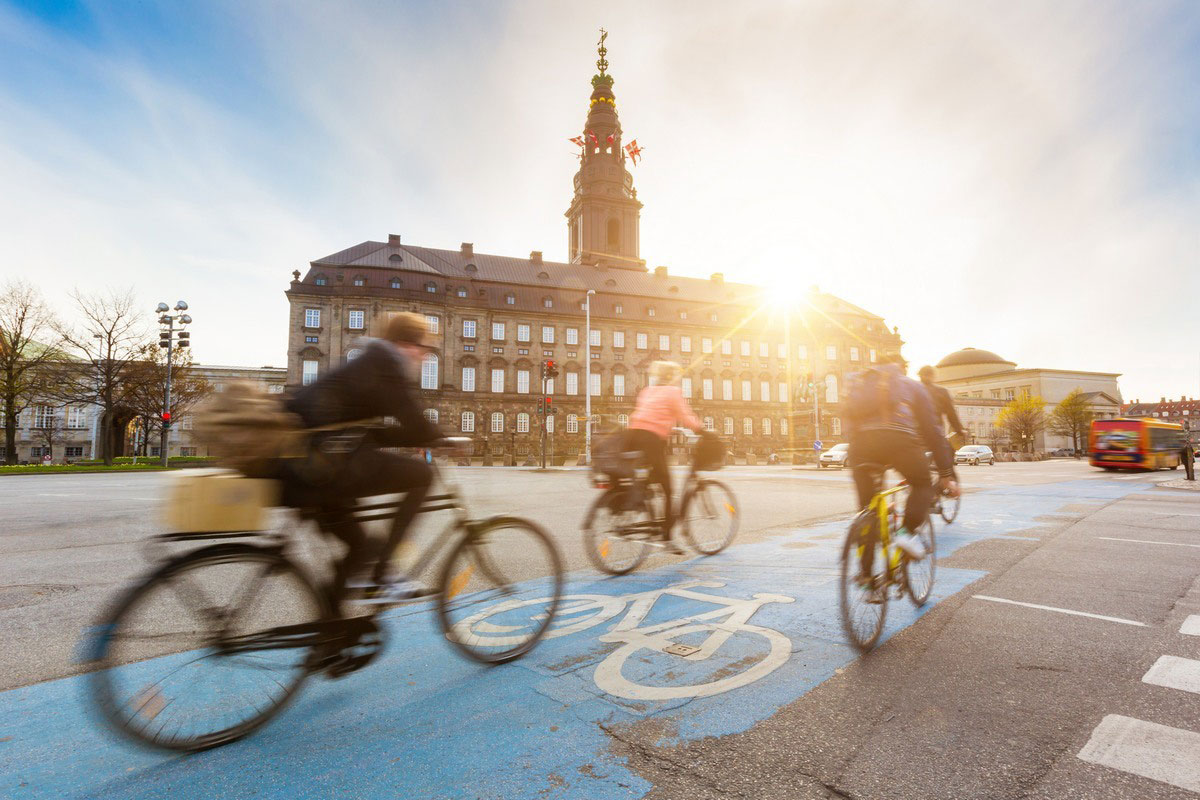
Copenhagen has gained a well-deserved reputation for its enduring dedication to sustainability and groundbreaking environmental policies. Presently, the city not only meets these rigorous sustainability standards but also leads in implementing cutting-edge smart city technologies worldwide.
Smart Grid Implementation
Copenhagen is distinguished as the smart city with the most effective approach to using technology to promote environmental friendliness and enhance the overall quality of life for its residents. The city leverages wireless data from mobile devices, GPS systems in buses, and sensors in sewer systems and waste bins to continually assess the city’s conditions in real-time.
This data-driven approach enables Copenhagen to make timely improvements aimed at reducing traffic congestion, air pollution, and CO2 emissions. Furthermore, Copenhagen is at the forefront of electric vehicle (EV) technology, with a centralized platform that connects traffic lights, EV charging stations, and smart metering systems.
Future Outlook
This integration ensures a more streamlined experience for EV drivers and promotes the adoption of cleaner transportation options. Copenhagen’s ambitious goal is to become the world’s first carbon-neutral city by 2025, aligning with Denmark’s broader commitment to achieving a fossil-fuel-free status by 2050.
Sustainable transportation measures alone have already eliminated over a third of fossil-fuel consumption in the transportation sector, resulting in an impressive annual reduction of 90,000 tons of greenhouse gas emissions.
Conclusion
The widespread trend of innovation is evident, with cities striving to enhance residents’ quality of life while prioritizing environmental sustainability. Although technology and technological advancements held the spotlight for many cities in recent years, the focus has now shifted to citizen-centric innovation in smart cities.
Communication and participation technology plays a pivotal role in connecting cities and governments with their citizens, fostering better communication, driving innovation, and addressing urban challenges to shape the cities of the future. Experts predict that by 2040, a significant 65 percent of the world’s population will inhabit cities, leading to increased emissions, water and energy consumption, and waste generation.
The development of smart connected systems for urban areas offers numerous advantages to global citizens. These systems not only elevate the quality of life but also promote sustainability and the efficient utilization of resources. Smart technologies, including sensors, wireless networks, and communication devices, empower cities to create comprehensive smart systems that automate, manage, and optimize critical city services and utilities.
Cities that have embraced these smart systems can effectively monitor and manage various aspects such as traffic, air quality, energy usage, waste management, and recycling, among others. Multiple organizations have compiled top smart city rankings, considering factors like economic strength, human capital, technology integration, sustainability, social cohesion, transportation, leadership, and urban planning in their assessments.
Suggested articles for reading:
Resources:
Hlp.city | Digi | sustainabilitymag | nexusintegra.io | mobile-magazine.com | parklio.com | stateofgreen | zdnet | re-thinkingthefuture
For all the pictures: Freepik | Digi





